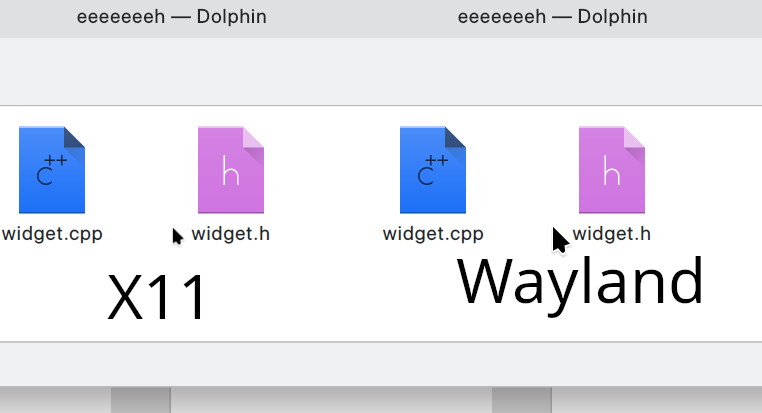

I dunno, I expect the Deck to last far longer than the average console if anything. It’s a PC, so the games are pretty much guaranteed to keep coming for decades to come, as they have for decades past.
The hardware will fall behind, so I think the point where the newest Triple A games won’t be playable will come within a few years, but I bet whatever visual novels or pixelated indie games release in 2035 will still run just fine on it.
Plus, it’s designed to be repairable, unlike most consoles. And even if Valve stops maintaining SteamOS for the Steam Deck, you’ll still be able to install other distros, so software support isn’t something I’m very concerned about either.









It’s funny, people said the exact same thing about Windows 10. It had ads and spyware. It also had Cortana, the AI garbage of its time. Consumers will never learn. Can’t wait for Windows 12 to also be seen as the one where Microsoft has ruined Windows for real this time.